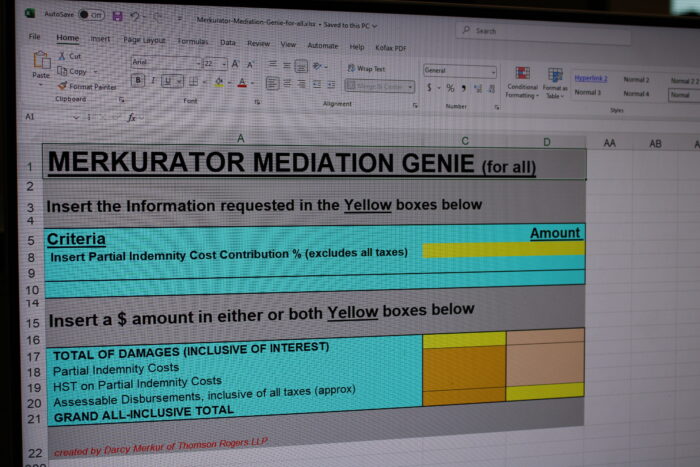Can I Sue If I Was Hit By A Car While Jay-Walking
Author(s): Sarah A. Naiman
May 19, 2021

Can I sue if I was hit by a car while jay-walking?
Yes, you absolutely can. And if you’ve been injured as a pedestrian who has been hit by a car then you should seriously consider doing so.
Just because you were walking (or biking) outside of a designated crossing area, does not give cars the right to hit you. As one Judge put it, “There is not an open season on pedestrians who may inadvertently, negligently, or imprudently, wander on the highway in the face of oncoming traffic.”
Contributory Negligence
However, if you were crossing the street at an area with no crosswalk or at a crosswalk when the pedestrian signal told you not to cross, this will likely lead to a reduction on any claim for compensation that you make. This is what we call “contributory negligence.”
In other words, if a Judge or jury decides that you were 30% responsible for your own accident, this means you will only be entitled to 70% of what your damages are calculated at.
Section 193(1) of the Highway Traffic Act provides some protection to pedestrians (people walking or on bicycles) who are hit by cars. If you are hit while you are walking or on a bike, a reverse onus applies to your claim.
What is a “Reverse Onus?”
Normally, in a motor vehicle accident between two vehicles, the person who sues is responsible for proving that the other car was at fault for the accident. However, when you are hit as a pedestrian, the reverse onus rule applies, which means that it’s the driver of the motor vehicle (and not you as the injured person) who has to prove that she was not at fault.
How Much is my Case Worth?
The court will look at each accident on a case-by-case basis to decide how much contributory negligence to apply to a pedestrian. The actions of both the driver and the pedestrian will be considered as the reverse onus rule does not give pedestrians the right to totally ignore the rules of the road and have no regard for their own safety.
Drivers are expected to be more careful in areas where there are typically more pedestrians such as:
- public parks
- schools
- playgrounds
- shopping malls
- ice cream trucks
- areas with lots of apartment or condo buildings
Drivers are also expected to:
- keep a lookout for pedestrians
- drive at or below the speed limit
- not to drive while distracted
- to be extra careful when weather conditions are not ideal for driving
- to try to avoid hitting the pedestrian as much as possible (ex: swerving, honking, braking, etc.)
Pedestrians are also expected to act a certain way. Some factors that are considered are:
- whether the pedestrian was distracted (on her cell phone, listening to music, etc.)
- not keeping a proper lookout to make sure it was safe to cross the street
- whether she was running or walking across the road
- if her clothing made her more or less visible
If the court decides that the pedestrian was acting very recklessly, it can decide to apply 100% contributory negligence, which would lead to no compensation at all.
In most jay-walking cases, the court will attribute some fault to both the driver and the pedestrian.
If you’ve been injured as a pedestrian, you should reach out to the lawyers at Thomson Rogers to get a better sense of how the courts will treat your case.
Thomson Rogers offers free consultations so please feel free to reach out to us at any time. We are here to help.
Sarah Naiman is a personal injury lawyer and associate at Thomson Rogers. Sarah can be reached at 416-868-3173 or by EMAIL.
For Thomson Rogers updates please subscribe to our email list here.
Share this






